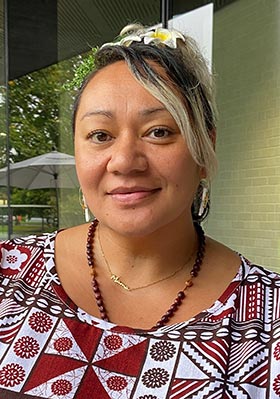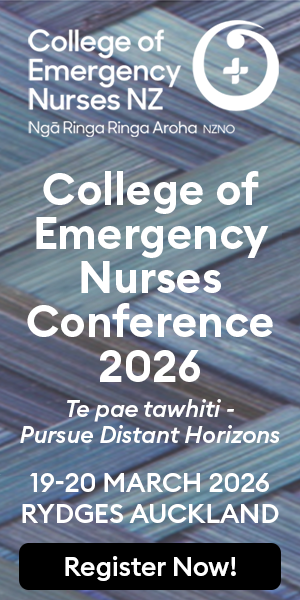“It will make a difference, having someone who understands your culture or who can refer to an appropriate provider or carer.”
The initiative – Te Ara ō Hine for Māori and Tapu Ora for Pacific – was launched in March across the country’s five schools of midwifery, and will fund financial, cultural, academic and pastoral support.

Less than 10 per cent of midwives identify as Māori and less than three per cent as Pacific, Auckland University of Technology (AUT) national Māori lead Teresa Krishnan said. Yet the population of women giving birth was 20 per cent Māori and 10 per cent Pacific – rising to 27 per cent in south Auckland for the latter.
AUT holds the contract with the Ministry of Health (MoH), and will work with Victoria University of Wellington, Otago Polytechnic, Ara Institute of Canterbury and Waikato Institute of Technology to support Māori and Pacific students.
A liaison person at each institution will provide “wrap-around care” and academic support and will actively recruit Māori and Pacific students. There will also be a discretionary hardship fund for students, Krishnan said.
At the launch, AUT midwifery student Rose Leauga described her struggle to balance family life with study and paid work. “Many of us who come into study find that we have to still remain in paid employment just to pay for travel and parking costs as a student. Because of this, Pasifika students make the tough decision to leave study in order to still be able to work to support their families.”
Pacific liaison staff and mentors provided crucial support. “They were people we could talk to without having to explain cultural nuances that were quite often missed by other staff simply because they could not see it with a Pacific lens.”



